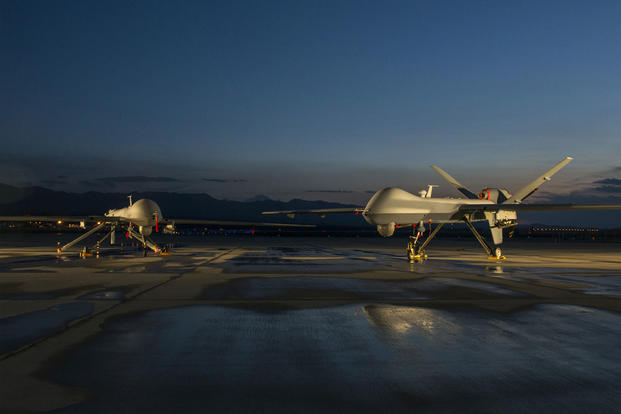The U.S. Air Force plans to re-balance its approach to Intelligence, Surveillance and Reconnaissance in order to build a force that is more capable of operating in contested or “non-permissive” operating environments, service leaders said at the 2013 Air Force Association Air and Space Conference and Technology Exposition, National Harbor, Md.
In particular, this means an increased emphasis upon stealth capabilities, unmanned systems and technologies which enable air platforms to succeed in highly challenged environments, said Lt. Gen. Robert Otto, deputy chief of staff, ISR.
“We need to rebalance our integrated ISR capabilities. We have a force that has grown up in permissive environments. It is the fight the nation has asked them to carry on and they have done an incredible job. As we decrease the amount of our forces fighting in these permissive environments, we have to take a look at our ISR assets and ask if they are the appropriate mix to fight in future environments,” Otto said.
Otto explained that the Air Force is currently largely invested in what he called “permissive ISR,” meaning environments such as Iraq and Afghanistan where U.S. air superiority was widely established. When it comes to the future, however, the circumstances will likely be much different, Otto explained.
“Right now the mix is not where it needs to be. We are over-invested in permissive ISR and we have to transform the force to fight and win in contested environments,” Otto said.
For example, potential future adversaries are likely to possess “jamming” equipment and advanced anti-aircraft weaponry likely to challenge the ability of U.S. planes to operate freely.
Praising the sensors, stealth characteristics and ISR capabilities of the Joint Strike Fighter, Otto said he hopes the Air Force can build stealthy ISR platforms.
“As we’ve looked at contested and highly contested environments, one of the things we learned is stealth is one of the ways you can access those areas. I will be articulating that as a requirement,” Otto said.
Overall, Otto hopes to see a mix of capabilities over the next several decades to include stealth technology and unmanned systems able to acquire and transmit combat-relevant information.
“Our vision for 2023 is an Air Force enterprise that seamlessly injests data from an even wider expanse of sensors and sources and then swiftly conduct all-source analysis so that we can deliver that decision advantage to warfighters,” he added.
The goal of effective ISR, which includes processing, exploiting and disseminating battle-relevant information, it so enable commanders to make faster and more informed decisions, Otto said.
“We want to provide the commanders at every level the knowledge they need to prevent surprise, command forces, make decisions and employ weapons,” he said.
This extends across all domains, including ground, sea, air, space and cyberspace, Otto added.
“We want to enable commanders to apply deliberate and discriminate and deadly kinetic and non-kinetic combat power,” he said.
ISR platforms are also designed to help commanders develop a better understanding of adversaries intentions and capabilities, he explained.
“Air Force ISR provides unprecedented awareness,” Otto said.









